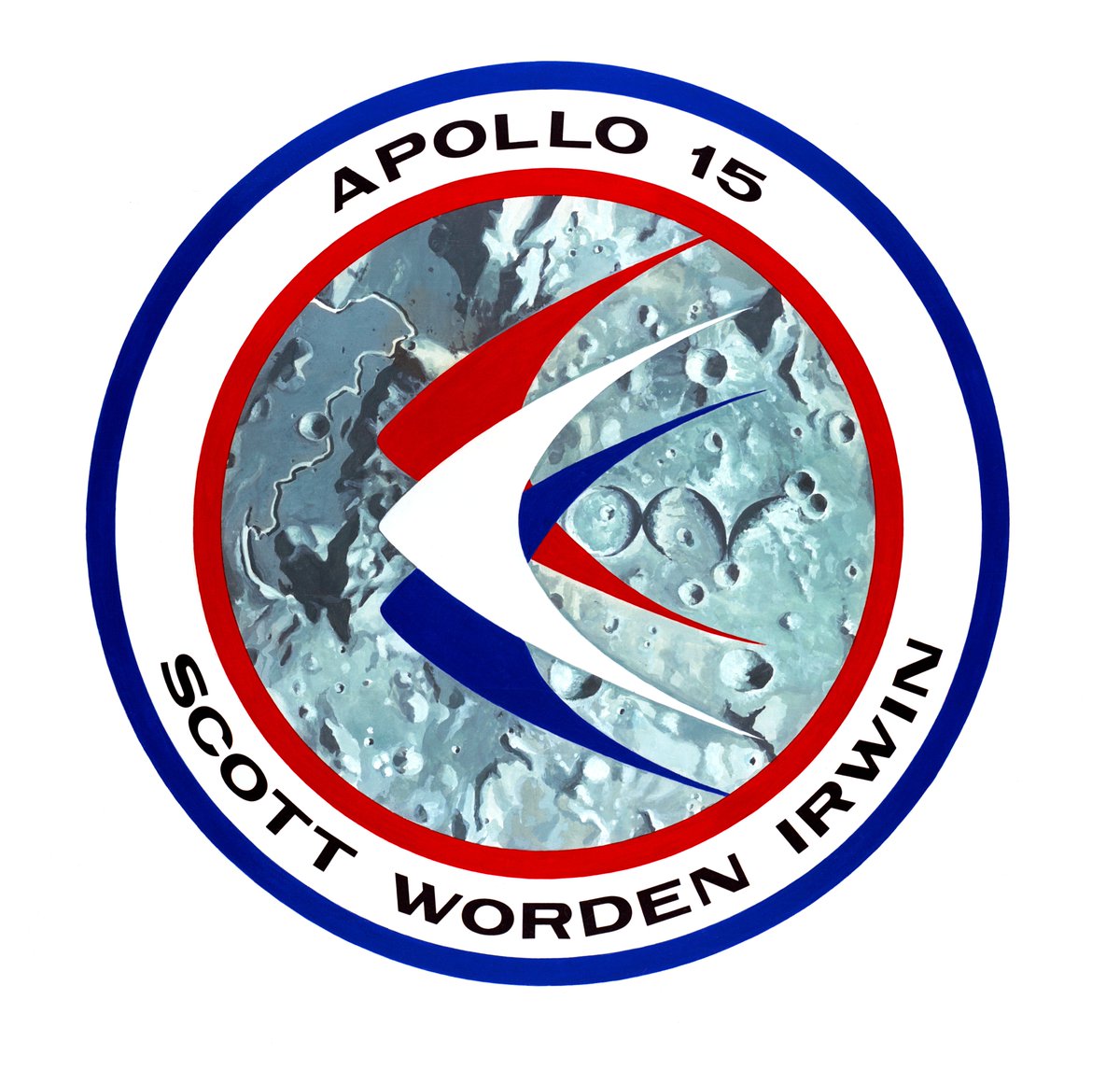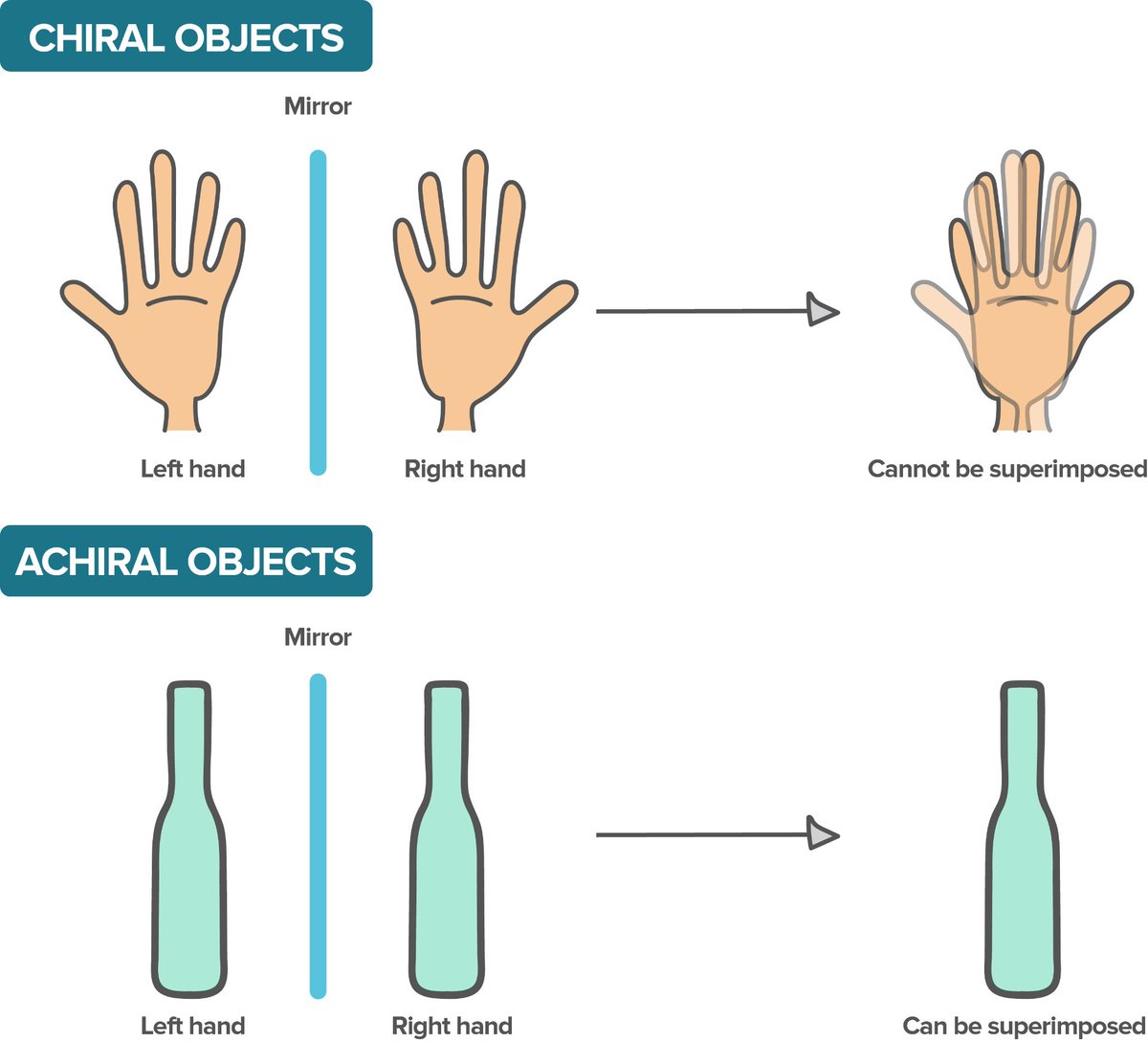Today is Sunday, so we won't talk about work.. instead let me tell you some stories from my academic journey 😀 

I obtained my doctoral degree in Astrophysics from the reputed Saha Institute of Nuclear Physics in Kolkata, India in 2009. I was also awarded a medal for outstanding performance during my #PhD 🤓 



During this time, I worked in long-term collaboration with @goetheuni in Frankfurt am Main, Germany and also won @DAAD_Germany funding for doctoral research 



This gave me an exposure to a #globalnetwork of researchers & also a chance to explore the German culture 🥨🍺😃 



• • •
Missing some Tweet in this thread? You can try to
force a refresh













